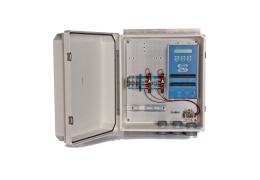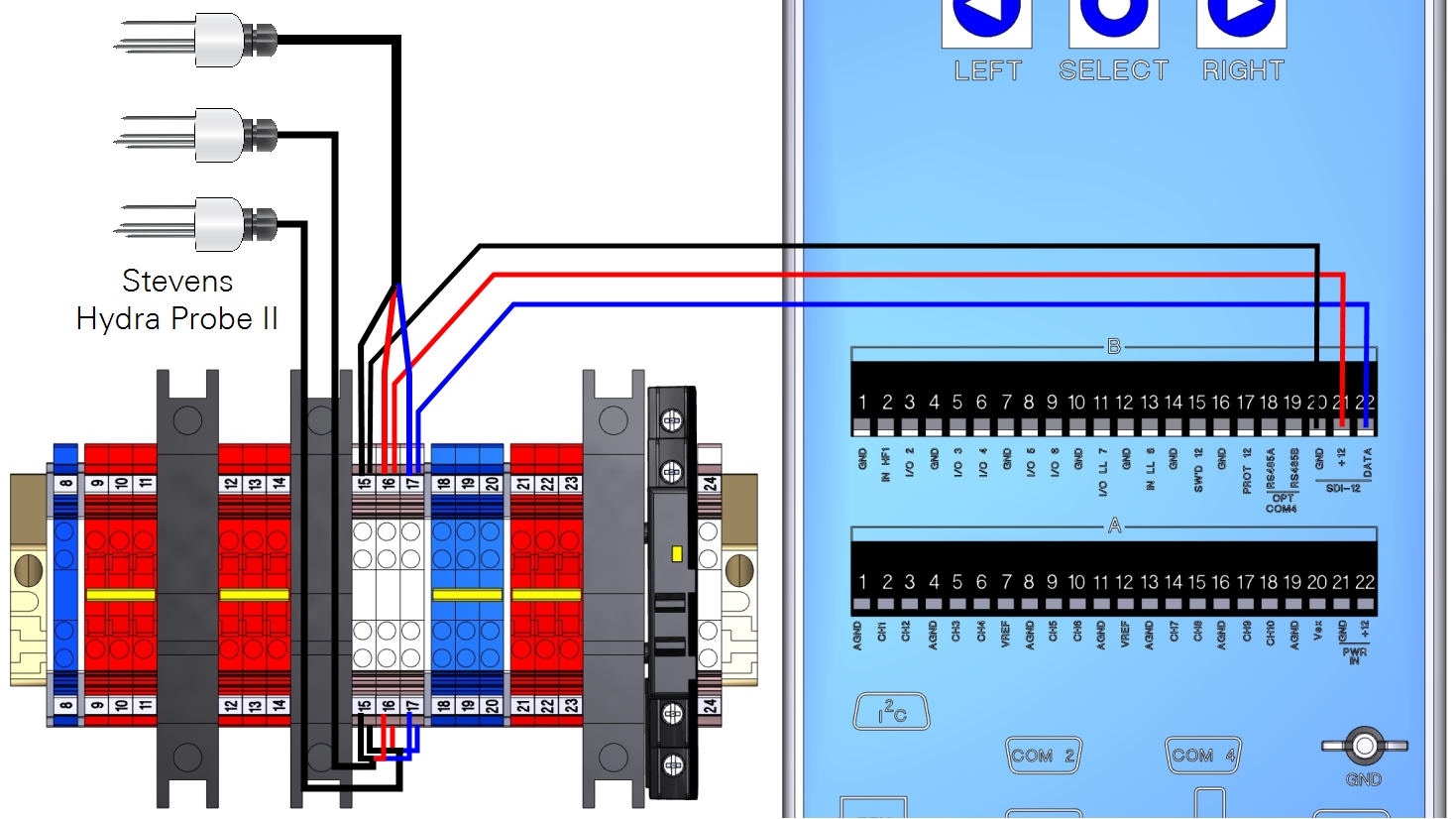Soil Probe—Stevens Hydra Probe II
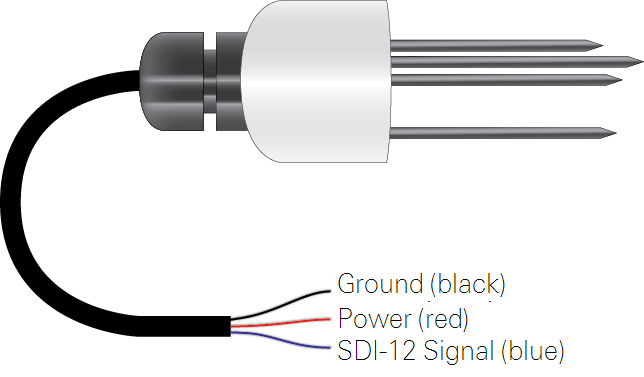
| Hydra Probe II | |
|---|---|
| Operating Temperature Range: | -10 to 65 °C |
| Voltage Range: | 9 to 20 VDC |
| Measurement Range: | 0.0 to Saturation |
| Accuracy: | ±0.03 m3/m3 |
| Power Requirements: | <1mA idle; 30 mA active |
Addressing the Hydra Probe II for SDI-12 Communication
SDI (Serial Digital Interface) communication is a standard for interfacing data recorders with microprocessor-based sensors. The SDI protocol enables data from multiple sensors to be recorded over a single SDI connection. In order to work, each SDI sensor must have a unique address. This section describes how to address the Hydra Probe II with the Sutron 9210B datalogger.
Stevens Hydra Probes are supported by datalogger programs Biomet_100, Biomet_101, Biomet_102, and Biomet_103. For custom programs, use the SDI-12 block and configure it as described in Soil Probe (Stevens Hydra Probe II).
- Connect to the Sutron 9210B datalogger using XTerm software.
- Be sure there are no SDI-12 sensors connected to the datalogger yet.
- Click on the Sensors tab. Click the SDI button on the bottom right.
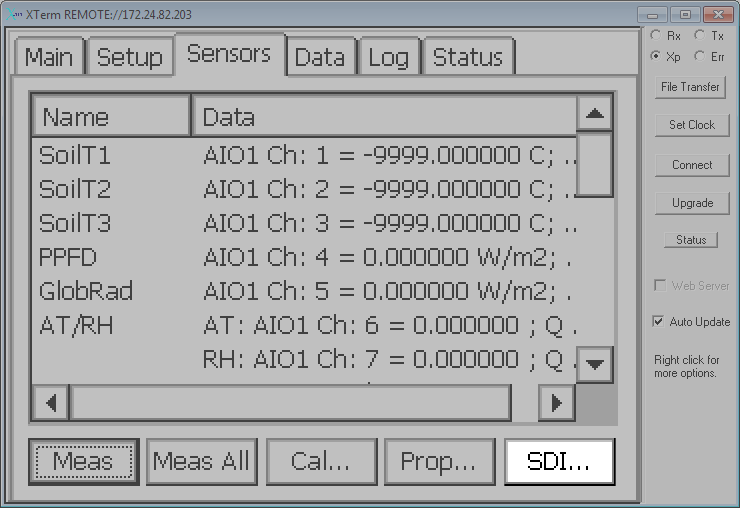
- This will present a new SDI Interface window. Sometimes this is referred to as entering Transparent Mode.
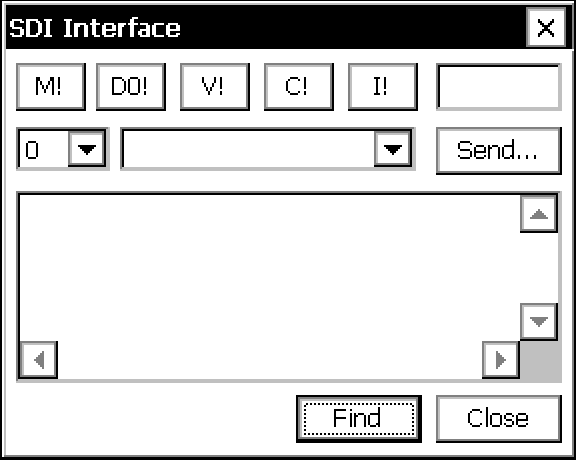
- Connect the first Hydra Probe II sensor (the one you will designate as Sensor 1).
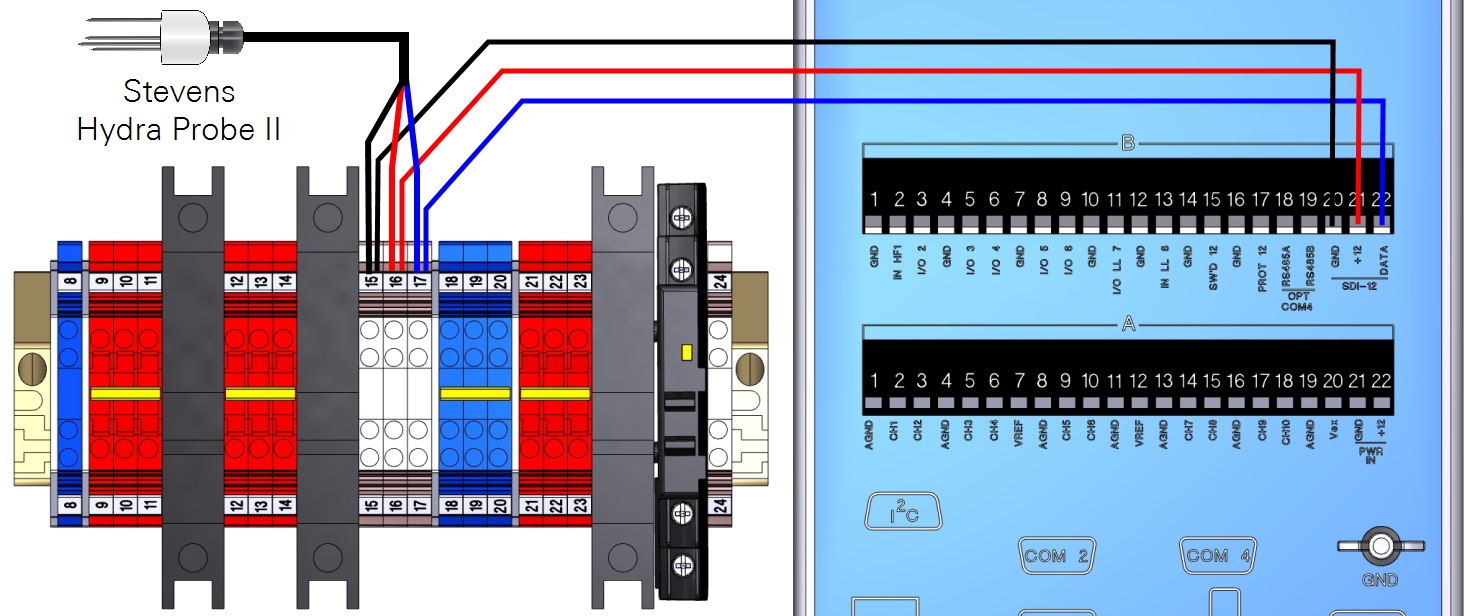
-
Hydra Probe II; 1, 2, and 3 Color Desc. DIN Terminal Black Ground 15 Red Power 16 Blue SDI-12 Signal 17 -
Wire Lead Connections Color DIN Terminal Datalogger Terminal 46 cm Black 15 SDI-12 GND (B20) 46 cm Red 16 SDI-12 Power (B21) 46 cm Blue 17 SDI-12 Data (B22) - Click Find.
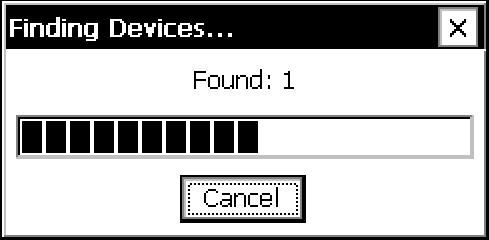
- The datalogger will find the sensor, which has a default address of 0.
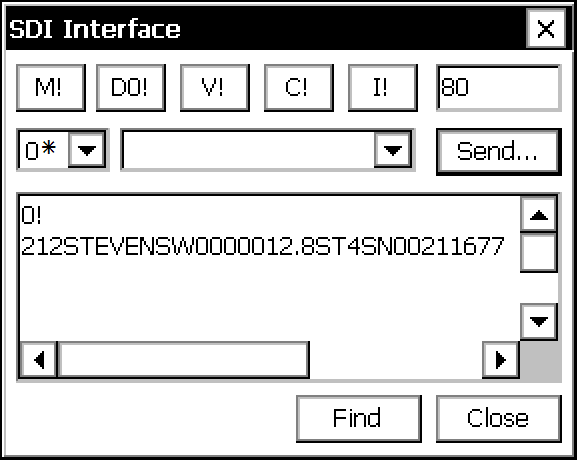
- Figure 2‑5. SDI addressing dialog.
- In the numeric dropdown menu (0* in Figure 2‑5), select sensor 0, then click Send....
- A new dialog will open, where you can enter the command A1 to change the sensor's address to 1. Then click OK.
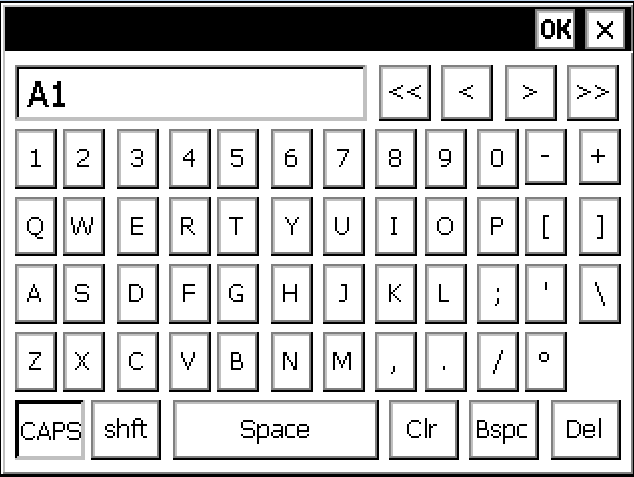
- The sensor's address is now changed to 1.
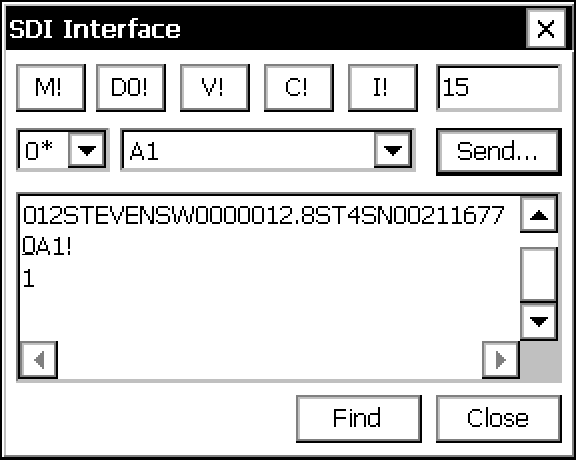
- Now, select sensor 1 from the numeric dropdown menu. Click Send.
- Enter the command XM to query the sensor for its default output. The default outputs should be H, J, F, G, O, K, M, L, and N. If this is not displayed, send a new command (XM=0). This sequence of parameters is required for the standard LI-COR biomet packages, where H represents soil moisture and F represents soil temperature in °C. You can also enter the soil type using the command XS1-4, where 1 is sand, 2 is silt, 3 is clay, and 4 is loam (the default). Refer to the Hydra Probe II manual for more information on its SDI-12 parameters.
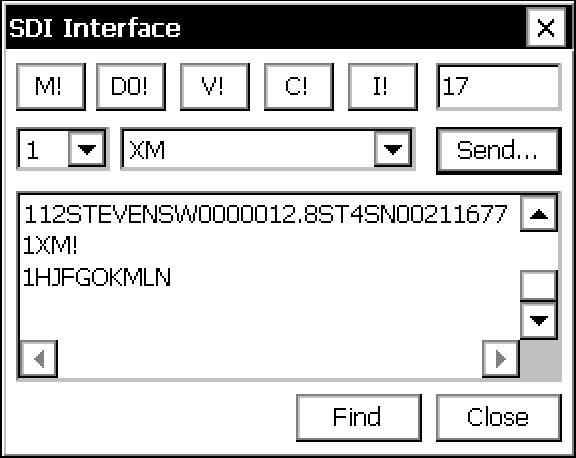
- Repeat steps 3 though 6 for each sensor.
You will need to give the sensor a unique address. For LI-COR biomet packages, the addresses are 1, 2, and 3.
After configuring the sensors, click Close.
Installing the Probes
- Siting the Soil Moisture Probes.
-
- Three or more probes may be required for some sites.
- Place the probes in undisturbed soil that is representative of the site.
- Probes can be inserted directly into the soil surface or inserted into the soil in a pit.
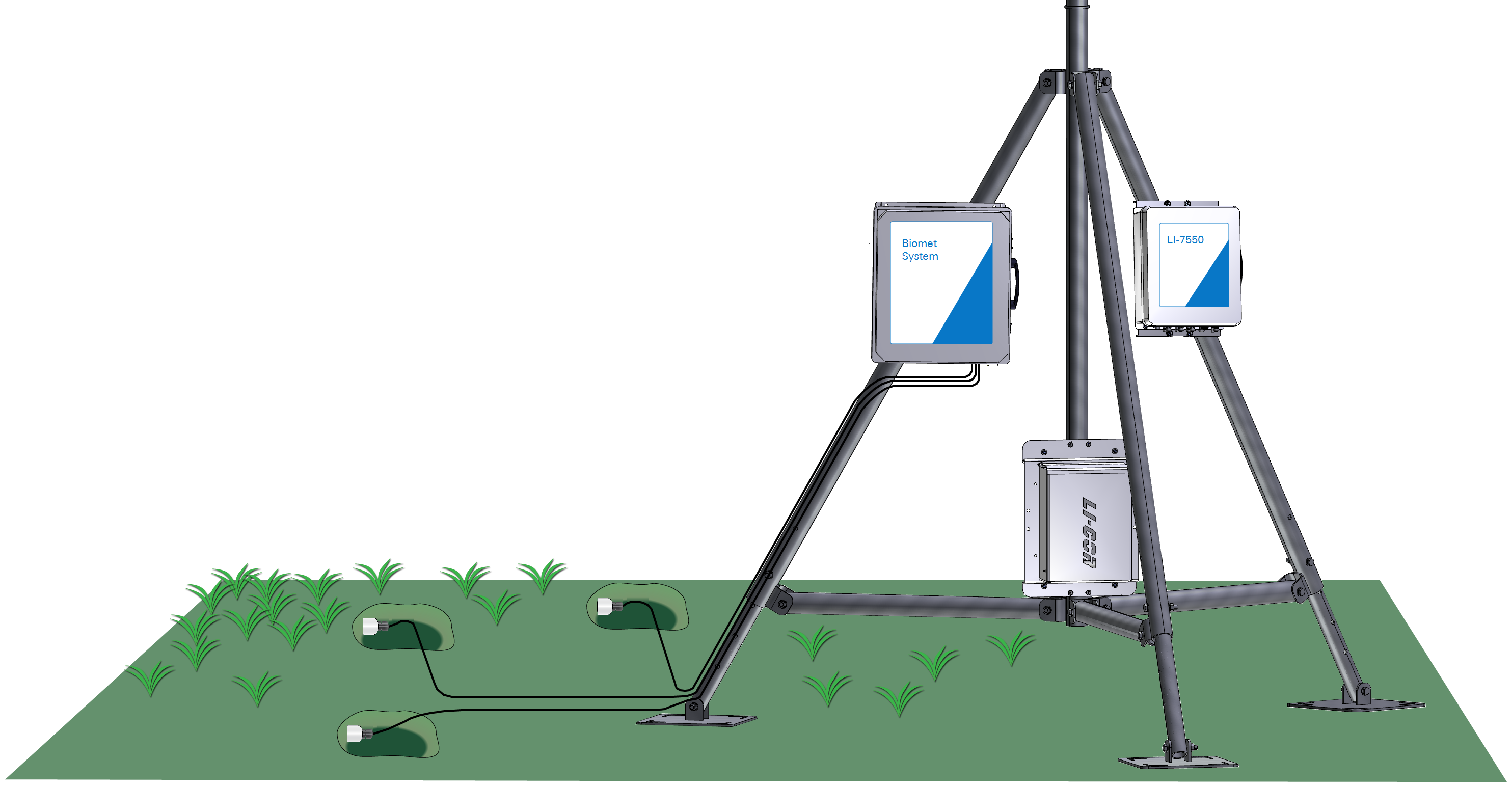
- Install the Soil Moisture Probes.
-
- Recommended depth of 5 cm below the soil surface.
- Press the probe into the soil until the base of the tines are flush with the soil.
- Be especially careful to avoid creating air pockets when inserting the probe. Air pockets around the tines will reduce the accuracy of measurements.
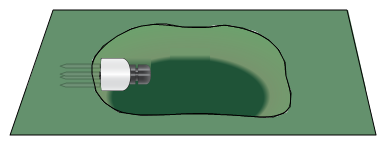
-
Note: Route the sensor cable(s) through an opening in the enclosure prior to installing the leads in the terminal strip.
The enclosure includes connections for three soil probes. If you want to add more than three soil probes to the biomet station, the required modular terminals and resistors can be purchased directly from LI-COR. Contact us for more information.
Retrieving Data
If the system is configured to log biomet data in .ghg files for processing in EddyPro software or the SmartFlux System, data are stored on the removable USB storage device. Refer to the Biomet Instruction Manual for details.
Maintenance
Stevens Hydra Probe IIs are sealed after calibration and do not require routine maintenance. Be mindful of the following points:
- Read and understand the manufacturer's instructions provided with this product.
- Do not attempt to disassemble the sensor. This will damage the factory seal and invalidate the warranty.
- Do not remove the Hydra Probe II from soil by pulling on the cable.
- Do not attempt to straighten a bent rod while it is attached to the probe.
